Collaborative Opportunities for Supporting Pediatric Intervention
Please enter a valid quantity
Please select a product format
That product is out of stock
You have added this item to your cart.
Collaborative Opportunities for Supporting Pediatric Intervention
Already an ASHA Learning Pass subscriber?
Login
This SIG 1 activity focuses on how speech-language pathologists can collaborate with
colleagues in related fields. The first article describes the similarities and differences
between how teachers and speech-language pathologists think about and employ game based
learning by conducting both a literature review and a qualitative review of focus
groups. The second article examines teacher communication during shared book reading
activities to understand what specific strategies teachers are using when
children with developmental disabilities are included. The third article demonstrates the
benefits of professional collaborations when attempting to support the learning of African
refugee students in preschool through high school. The final article highlights best
practices for interdisciplinary care in the schools for students with traumatic brain injury.
Learning
Outcomes
You will be able to:
- compare and contrast how teachers and speech-language pathologists can
use game-based learning
- identify opportunities for interprofessional practice that includes professionals
who are knowledgeable about literacy development and improving accessible
learning opportunities within the classroom
- design interprofessional programs to support the language acquisition of
multilingual learners in collaboration with colleagues from other educational
fields
- describe how the role of the speech-language pathologist changes in
reference to the age of the student with brain injury in the schools and the
work of the interprofessional team
Assessment
Type
Self-assessment—Think
about what you learned and report on the Completion Form how you will use your
new knowledge.
Articles
in This Course
- Getting Serious About Games: Exploring How Game-Based Learning Is Used in
Education and Therapy by Alisha P. Springle,
published in SIG 1, Volume 9, Issue 6, December 4, 2024
- Measuring Preschool Teachers' Language Use During Shared Book Reading With
Children With Developmental Disabilities: A Pilot Study by Sara C. Cornett, Andrea
Barton-Hulsey, and Tyler Burnett,
published in SIG 1, Volume 9, Issue 6, December 4, 2024
- An Effective Interprofessional Collaboration to Support African Refugee Students' Oral
and Written Language and Social Integration by Courtney Karasinski and Rui Niu-
Cooper,
published in SIG 1, Volume 9, Issue 6, December 4, 2024
- Interprofessional Practice in the Schools for Students with Brain Injury by Beth McCauley, published in SIG 1, Volume 9, Issue 6, December 4, 2024
|

